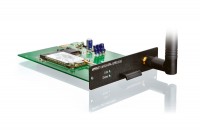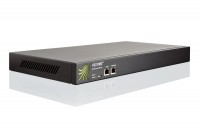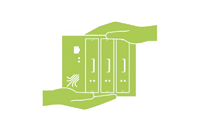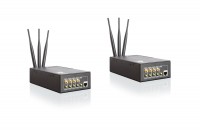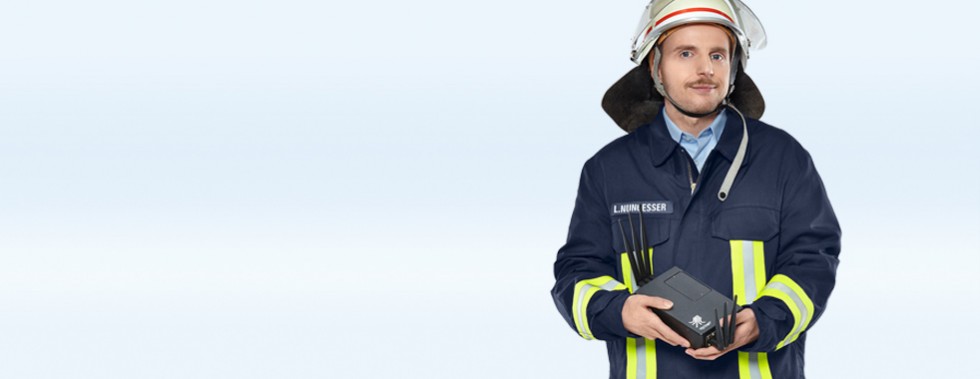Unbelievable, what bonding DSL, UMTS and LTE makes possible
Mobile radio broadcasting in Norway
Outdoor live broadcasts from remote areas are generally considered the ultimate test of mobile network solutions. Industry requirements for these kinds of deployments include many challenging features, all of which come with the expectation of low operational costs: ample bandwidth, continuous uptime, low latency, and quick, simple set-up. P4 Radio, Norway’s leading private radio station has nearly a 25% market share, a million daily listeners, covers many tours, and frequently broadcasts from remote locations. To meet their exacting standards, they deploy Viprinet technology for mobile and remote connectivity.
Online worldwide
As a world-class spice manufacturer, the Moguntia Food Group dares the difficult balancing act between tradition and modernity. Corporate ethics and quality standards are time-honored, while recipes and production technology are state-of-the-art. In order to remain competitive at all times, the Moguntia Food Group invested in its corporate network at an early stage in order to be able to connect all locations via terminal servers. This also enables central production control, which in turn requires a highly secure, round-the-clock Internet connection. For this purpose, the Moguntia Food Group turned to Viprinet.
Small car, big Internet
Important news is broadcast from big cities; the actual event, however, often takes place in far remote areas. To report from there on an event using digital broadcasting technology can be managed only via expensive satellite technology due to lack of network coverage and bandwidth of individual providers. For that, so-called SNG (Satellite News Gathering) vehicles have to be provided which transmit video and audio signals to the respective broadcast stations via satellite links. With their mobile subcompact hotspot, tividoo, a company from Langenlonsheim, Germany, provides an efficient and economical alternative.

